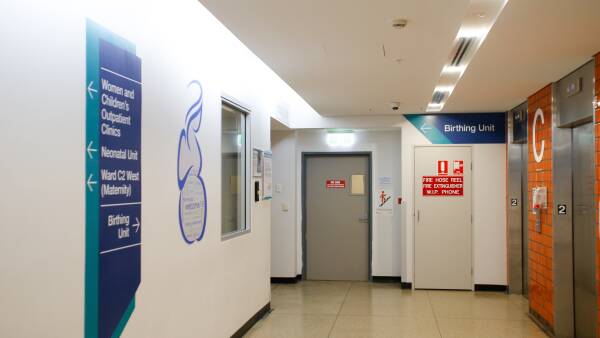
A legal claim against Wollongong Hospital has sparked a contentious debate over whether the facility’s care during childbirth contributed to a young girl’s disability. The case, involving an 11-year-old girl diagnosed with global developmental delay, highlights differing expert opinions regarding the level of care provided during her birth.
The girl’s lawyers argue that inadequate oxygen supply during her mother’s labor led to her condition. They allege that the Illawarra Shoalhaven Local Health District (ISLHD) failed in its duty of care by not stopping the use of the induction drug oxytocin when signs of dangerous contractions became apparent. Additionally, they claim that a caesarean section should have been performed earlier than it was, contributing to the girl’s injuries.
Details of the Allegations Against the Hospital
According to court documents, the mother arrived at Wollongong Hospital after her waters broke, and the girl was born nearly 18 hours later. Legal representatives obtained an expert report from Professor Mike O’Connor, a specialist in obstetrics and gynaecology. He stated that, on the balance of probabilities, the treatment at the hospital led to foetal distress and injury.
Professor O’Connor confirmed that while the use of oxytocin was appropriate due to the mother’s positive test for group B streptococcus, the drug should have been discontinued as it resulted in excessive contractions. He noted that the hospital staff appeared unaware of the risk of inadequate oxygen supply to the baby. Furthermore, he asserted that given the mother’s small stature, the size of the baby, her fever, and the baby’s heart rate pattern, hospital staff should have opted for a caesarean section by 14:30, which was more than seven hours before the girl’s delivery.
Adding to the claims, Dr. Michael Harbord, a paediatric neurologist, stated that the girl likely suffered a hypoxic brain injury during labor. He emphasized that she would not have sustained that injury had it not been for the excessive contractions attributed to the use of oxytocin.
Contradictory Opinions from Medical Experts
However, the ISLHD retained several experts who offered differing assessments. Professor Michael Chapman, a specialist obstetrician and gynaecologist, found no evidence that the child experienced brain damage due to a lack of oxygen during labor. He contended that the mother’s contractions were neither excessive nor dangerous and maintained that there was no justification for an earlier caesarean section.
Similarly, Associate Professor Nicholas Evans, a neonatal specialist, argued that the girl’s clinical history did not support claims of oxygen deprivation, suggesting instead that a familial or genetic cause was more likely, given her chromosomal abnormality and family history of intellectual disability.
Paediatric neurologist Dr. Monique Ryan remarked that while complications were present during birth, the girl was in good condition at birth, and her developmental delays only became evident in her second year of life. She, like Professor Evans, leaned towards a genetic explanation for the girl’s condition.
The matter came before Justice Ian Harrison in September 2023, who sought further details regarding the proposed settlement of $200,000. He expressed concerns that approving the settlement could affect the girl’s access to National Disability Insurance Scheme (NDIS) supports.
Justice Harrison commented, “I am not satisfied that I have sufficient information or that I have received adequate assistance to decide whether the proposed settlement is in the best interests of the plaintiff.” As a result, he declined to approve the settlement but indicated that the parties could submit another application in the future.
This case, filed six years ago, underscores the complexities surrounding allegations of medical negligence and the varying interpretations of standard care in obstetrics. As it unfolds, it may have significant implications for both the family involved and the practices of the healthcare facility.






